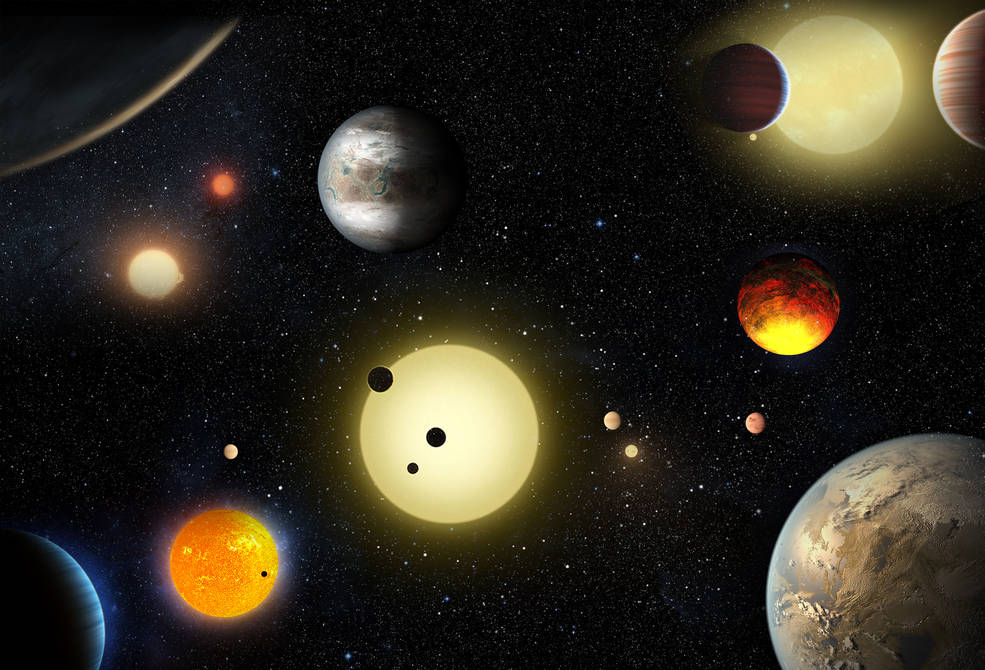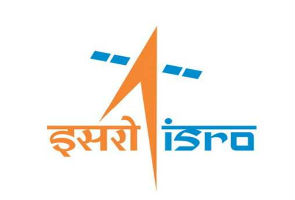
This artist's concept depicts select planetary discoveries made to date by NASA's Kepler space telescope. Image Credit: NASA/W. Stenzel
WASHINGTON (BNS): NASA's Kepler space telescope has discovered 1,284 new planets -- the single largest finding of planets to date.
The exoplanets have been identified after analysing data from the telescope's July 2015 planet candidate catalog, which identified a total of 4,302 potential planets.
While for the 1,284 of the candidates, the probability of being a planet is greater than 99 percent -- the minimum required to earn the status of "planet," for 1,327 others, further study is required to confirm their candidacy as actual planets, NASA said.
The remaining 707 are more likely to be some other astrophysical phenomena, the space agency said while making the announcement on May 10. The analysis also validated 984 candidates previously verified by other techniques.
Among the newly-validated batch of planets, nearly 550 could be rocky planets like Earth, based on their size. Nine of these orbit in their Sun's "habitable zone", which is the distance from a star where orbiting planets can have surface temperatures that allow liquid water to pool.
With the addition of these nine, 21 exoplanets now are known to be members of this exclusive group, belonging to the "Goldilocks zone" where liquid water could exist for life to survive.
"This announcement more than doubles the number of confirmed planets from Kepler," said Ellen Stofan, chief scientist at NASA Headquarters in Washington. "This gives us hope that somewhere out there, around a star much like ours, we can eventually discover another Earth."
Kepler captures the discrete signals of distant planets -- decreases in brightness that occur when planets pass in front of, or transit, their stars. Since the discovery of the first planets outside our Solar System more than two decades ago, researchers have resorted to a laborious, one-by-one process of verifying suspected planets.
"Before the Kepler space telescope launched, we did not know whether exoplanets were rare or common in the galaxy. Thanks to Kepler and the research community, we now know there could be more planets than stars" said Paul Hertz, Astrophysics Division director at NASA Headquarters.
"This knowledge informs the future missions that are needed to take us ever-closer to finding out whether we are alone in the Universe," the scientist said.
The latest finding brings the total number of actual planets discovered by Kepler so far to over 2,000 -- that is 2,325 to be precise.
 Previous Article
Previous Article Next Article
Next Article












The Indian Air Force, in its flight trials evaluation report submitted before the Defence Ministry l..
view articleAn insight into the Medium Multi-Role Combat Aircraft competition...
view articleSky enthusiasts can now spot the International Space Station (ISS) commanded by Indian-American astr..
view article